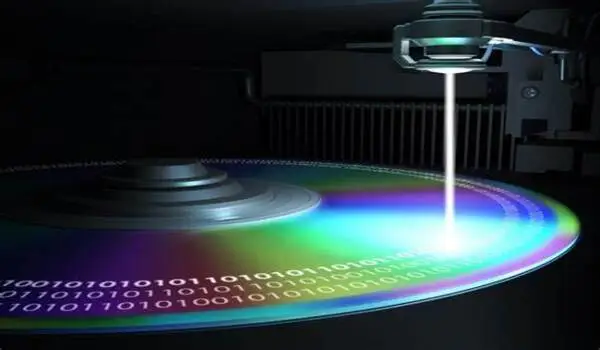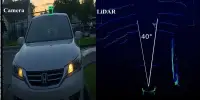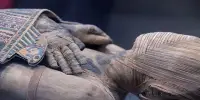A technique developed by physicists at The City College of New York has the potential to improve optical data storage capacity in diamonds. This is made possible by multiplexing spectral storage. The study, led by Richard G. Monge and Tom Delord of CCNY’s Division of Science’s Meriles Group, is titled “Reversible optical data storage below the diffraction limit” and appears in the journal Nature Nanotechnology.
“It means that we can store many different images in the same place in the diamond by using a laser of a slightly different color to store different information into different atoms in the same microscopic spots,” said Delord, a postdoctoral research associate at CCNY. “If this method can be applied to other materials or at room temperature, it could find its way to computing applications requiring high-capacity storage.”
The CCNY study concentrated on a tiny element found in diamonds and other similar materials known as “color centers.” These are essentially atomic defects that can absorb light and serve as a platform for so-called quantum technologies.
What we did was control the electrical charge of these color centers very precisely using a narrow-band laser and cryogenic conditions. This new approach allowed us to essentially write and read tiny bits of data at a much finer level than previously possible, down to a single atom.
Tom Delord
“What we did was control the electrical charge of these color centers very precisely using a narrow-band laser and cryogenic conditions” Delord went on to say. “This new approach allowed us to essentially write and read tiny bits of data at a much finer level than previously possible, down to a single atom.”
The resolution of optical memory technologies is defined by the “diffraction limit,” which is the smallest diameter that a beam can be focused to and roughly scales as half the wavelength of the light beam (for example, green light has a diffraction limit of 270 nm). “So, you can’t use a beam like this to write with a resolution lower than the diffraction limit because if you displace the beam less than that, it will interfere with what you’ve already written. Typically, optical memories increase storage capacity by shortening the wavelength (shifting to blue), which is why we have “Blu-ray” technology,” Delord explained.

The CCNY optical storage approach differs from others in that it avoids the diffraction limit by utilizing the slight color (wavelength) differences that exist between color centers separated by less than the diffraction limit. “By tuning the beam to slightly shifted wavelengths, it can be kept at the same physical location but interact with different color centers to selectively change their charges — that is, to write data with sub-diffraction resolution,” said Monge, a CCNY postdoctoral fellow who was involved in the study as a Ph.D. student at the Graduate Center, CUNY.
Another distinguishing feature of this approach is that it is reversible. “One can write, erase, and rewrite an infinite number of times,” he said. “While other optical storage technologies are capable of doing this as well, this is not the norm, especially when it comes to high spatial resolution.” A Blu-ray disc is another good example: you can write a movie on it, but you can’t erase it and start over.”















